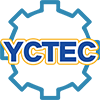What are the Labeling Requirements?
Labeling is a crucial step in the product packaging process, ensuring compliance with regulations and providing consumers with essential product information. Let's explore the main labeling requirements and how labeling machines help streamline this process.
Snippet paragraph:
Labeling requirements vary by industry and product type, but some general rules apply. These include basic information like product identity, quantity, and manufacturer details. For food products, there are additional mandatory requirements, such as nutritional facts and expiration dates. Labeling machines automate this process, ensuring consistency and efficiency.
Now, let's dive into the specifics of labeling requirements and explore the different types of labeling systems used today.
What Are the 3 Standardized Label Requirements?
Standardized labeling requirements ensure products are consistently labeled across industries, allowing consumers to make informed choices. Here are the three main standardized label requirements.
Snippet paragraph:
The three main standardized label requirements include product identity, net quantity, and manufacturer information. These help consumers understand what they are buying and where the product comes from.
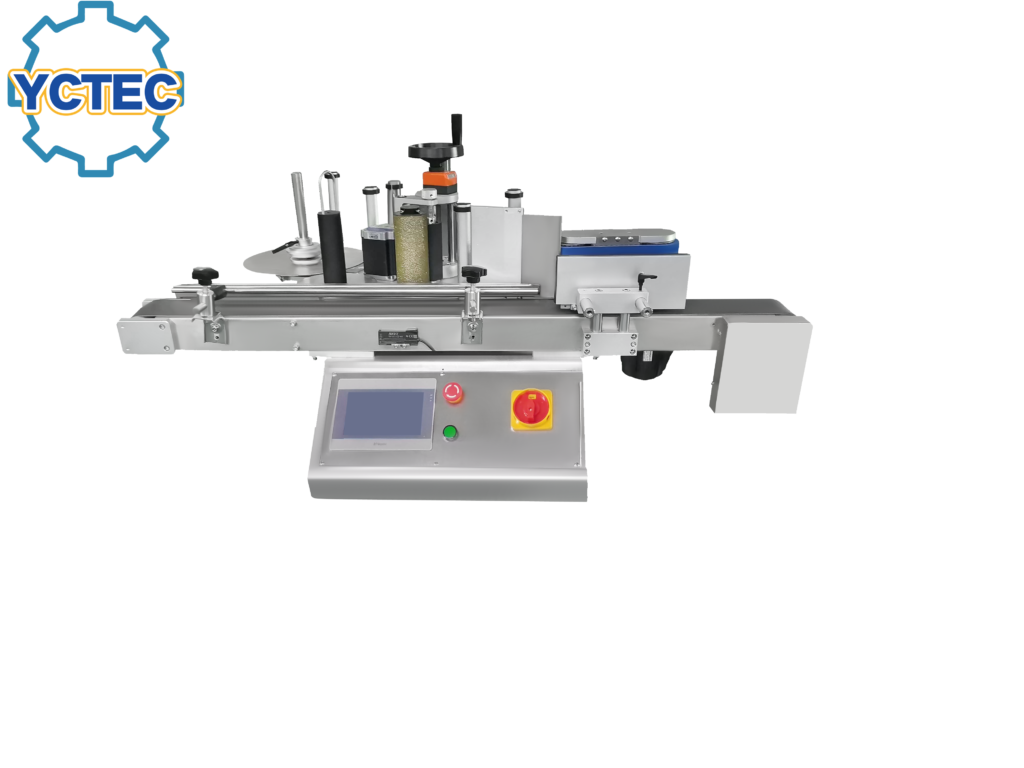
Dive deeper into Standardized Label Requirements
Product Identity: This tells consumers what the product is. For example, a bottle of shampoo must clearly state that it is "shampoo" and not something else. This helps avoid confusion in stores.
Net Quantity: The net quantity, such as the weight or volume of the product, is also mandatory on the label. This ensures that consumers know exactly what they are purchasing, whether it's 500ml of shampoo or 1kg of rice.
Manufacturer Information: This includes the name, address, and contact details of the manufacturer. This is important for consumer safety and regulatory compliance, enabling traceability in case of recalls or customer inquiries.
What Are the Four Types of Labeling?
Labeling comes in various forms, each tailored to the specific needs of a product. Let’s explore the four main types of labeling.
Snippet paragraph:
The four main types of labeling include product labeling, warning labeling, ingredient labeling, and usage instructions. Each serves a unique purpose to protect consumers and meet regulations.
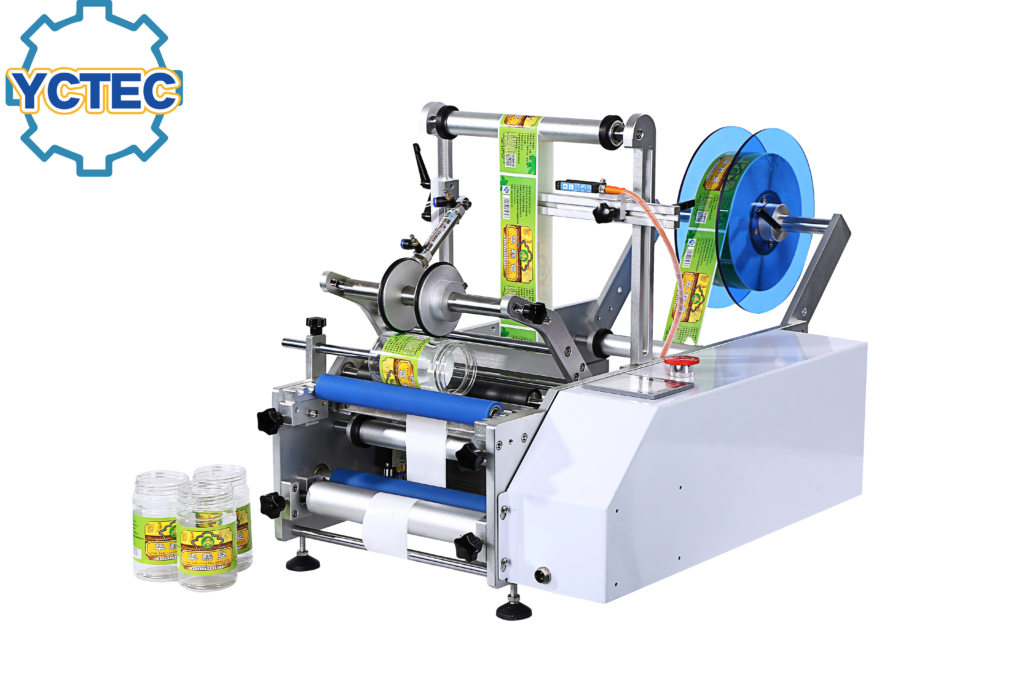
Dive deeper into the Four Types of Labeling
Product Labeling: This is the most basic form, where a product's name, content, and manufacturing details are provided. Examples include bottles, cans, and food packages.
Warning Labeling: For products that could pose a risk to health or safety, warning labels are required. For instance, hazardous chemicals or products with age restrictions require clear warning signs.
Ingredient Labeling: This is especially common for food and cosmetic products, listing ingredients used in production. It helps consumers avoid allergens and other harmful substances.
Usage Instructions: Instructions on how to use the product are often required, especially for medicines, cleaning products, or appliances. These labels ensure safe and correct usage.
What Are the 5 Mandatory Requirements in Labeling Packaged Food?
Food labeling is highly regulated to ensure consumer safety and transparency. These are the five mandatory requirements for food labeling.
Snippet paragraph:
Mandatory requirements for packaged food include the product name, list of ingredients, nutritional information, manufacturer's details, and expiration date.
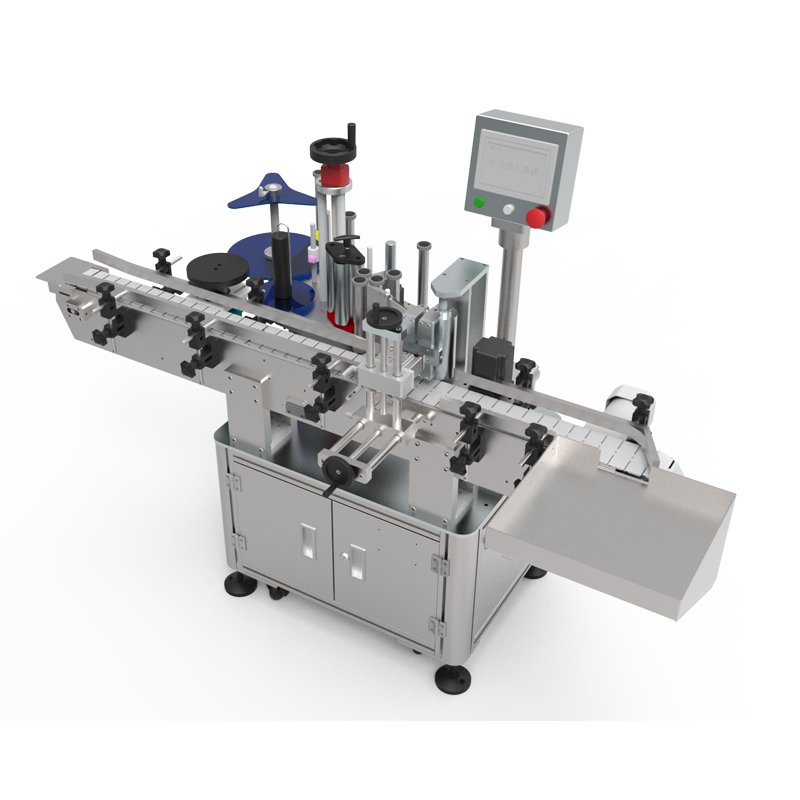
Dive deeper into Mandatory Food Labeling Requirements
Product Name: The product must be clearly identified. For example, if it’s a peanut butter jar, the label should state "Peanut Butter" or its equivalent.
Ingredients List: The ingredients must be listed in descending order by weight. This is crucial for individuals with allergies or dietary restrictions.
Nutritional Information: This section includes calorie count, fats, sugars, proteins, and other key nutrients. It helps consumers make healthier choices.
Manufacturer's Details: Similar to other products, food labels must include the name and address of the manufacturer or distributor for traceability.
Expiration Date: Food products must have a clearly marked expiration or "best before" date. This protects consumers from eating expired or potentially harmful products.
What Are the 6 Things Required to Be on Product Labels?
Product labels must contain key information to meet both regulatory standards and consumer expectations. Let’s examine the six essential elements.
Snippet paragraph:
The six key elements required on product labels include the product name, ingredients, net weight, manufacturer details, usage instructions, and expiration date.
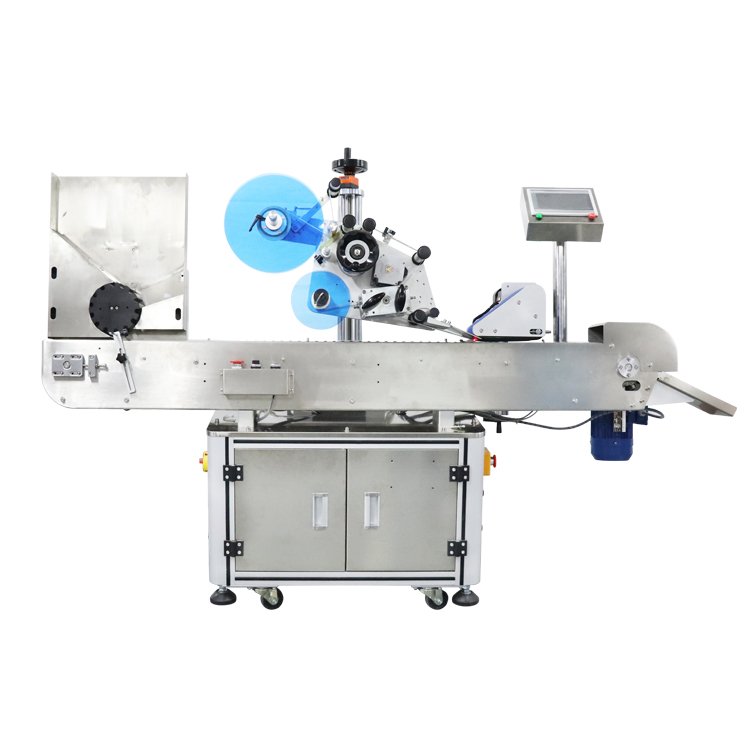
Dive deeper into the Six Label Elements
Product Name: Every label must prominently display the product’s name so consumers can easily identify it.
Ingredients: This is crucial for food and cosmetics. It’s a legal requirement in many countries to disclose what’s inside the product.
Net Weight: Whether it's 1 liter or 100 grams, the exact quantity of the product must be shown on the label.
Manufacturer Details: As mentioned, this helps trace the source and is essential for regulatory purposes.
Usage Instructions: These are mandatory for products that require specific handling or safety precautions, ensuring proper use.
Expiration Date: This is necessary for perishable goods and helps ensure consumer safety by avoiding expired products.
What License Is Required for Auto Labeling?
In some regions, companies that operate automatic labeling machines may need specific licenses to ensure compliance with safety and quality standards. Let’s explore what licenses are necessary.
Snippet paragraph:
In many countries, businesses that use automatic labeling machines need to ensure they are certified by local regulatory bodies. This ensures the machines meet safety and operational standards.

Dive deeper into Licensing for Auto Labeling
Regulatory Certifications: Depending on the country, businesses must register their labeling machines with regulatory bodies to ensure they meet safety, quality, and operational standards.
Machine Safety and Quality Standards: Automatic labeling machines must adhere to strict guidelines to ensure they do not pose a hazard to workers or consumers. These may include certifications like CE in Europe or UL in the U.S.
Licensing for Specific Industries: Some industries, like food and pharmaceuticals, have additional certification requirements due to the potential health risks associated with improper labeling.
What Is the Labeling Process?
Labeling involves multiple stages from design to application. Here's a breakdown of the typical labeling process.
Snippet paragraph:
The labeling process includes design, printing, and applying labels to products. Automation has made the process more efficient, allowing for high-speed production.

Dive deeper into the Labeling Process
Label Design: The first step is creating a design that meets regulatory standards and appeals to consumers. The label must convey essential product details and comply with legal requirements.
Printing: Labels are printed on rolls or sheets and must meet high-quality standards. The printing process can vary from thermal printing to offset printing, depending on the product and label material.
Label Application: The application of labels is typically automated using labeling machines such as Round bottle labeling machines or Side labeling machines. These machines apply labels with precision and speed, ensuring consistency across production batches.
Why Do I Need a Labeling Machine?
Labeling machines automate the process, improving speed, accuracy, and efficiency in production lines. But why is it so crucial to use them?
Snippet paragraph:
Labeling machines ensure consistency, reduce human error, and speed up production. They are especially beneficial for large-scale manufacturing, where manual labeling is not feasible.

Dive deeper into the Importance of Labeling Machines
Consistency and Precision: Automatic labeling machines offer precise placement of labels, ensuring that all products are uniformly labeled. This eliminates the risk of errors associated with manual labeling.
Speed and Efficiency: Machines operate at high speeds, making it possible to label thousands of products per hour. This boosts production efficiency and reduces labor costs.
Cost-Effectiveness: Although there’s an upfront investment, labeling machines are cost-effective in the long run by improving productivity and minimizing waste caused by incorrect labeling.
Conclusion
Labeling is a vital part of product packaging, ensuring consumer safety and compliance with regulations. Whether it’s food, pharmaceuticals, or consumer goods, understanding the labeling requirements is crucial for successful product marketing and distribution.
You can adjust the use of terms like Round bottle labeling machines or Side labeling machines in your production processes and link them directly for more detailed insights on your website.
